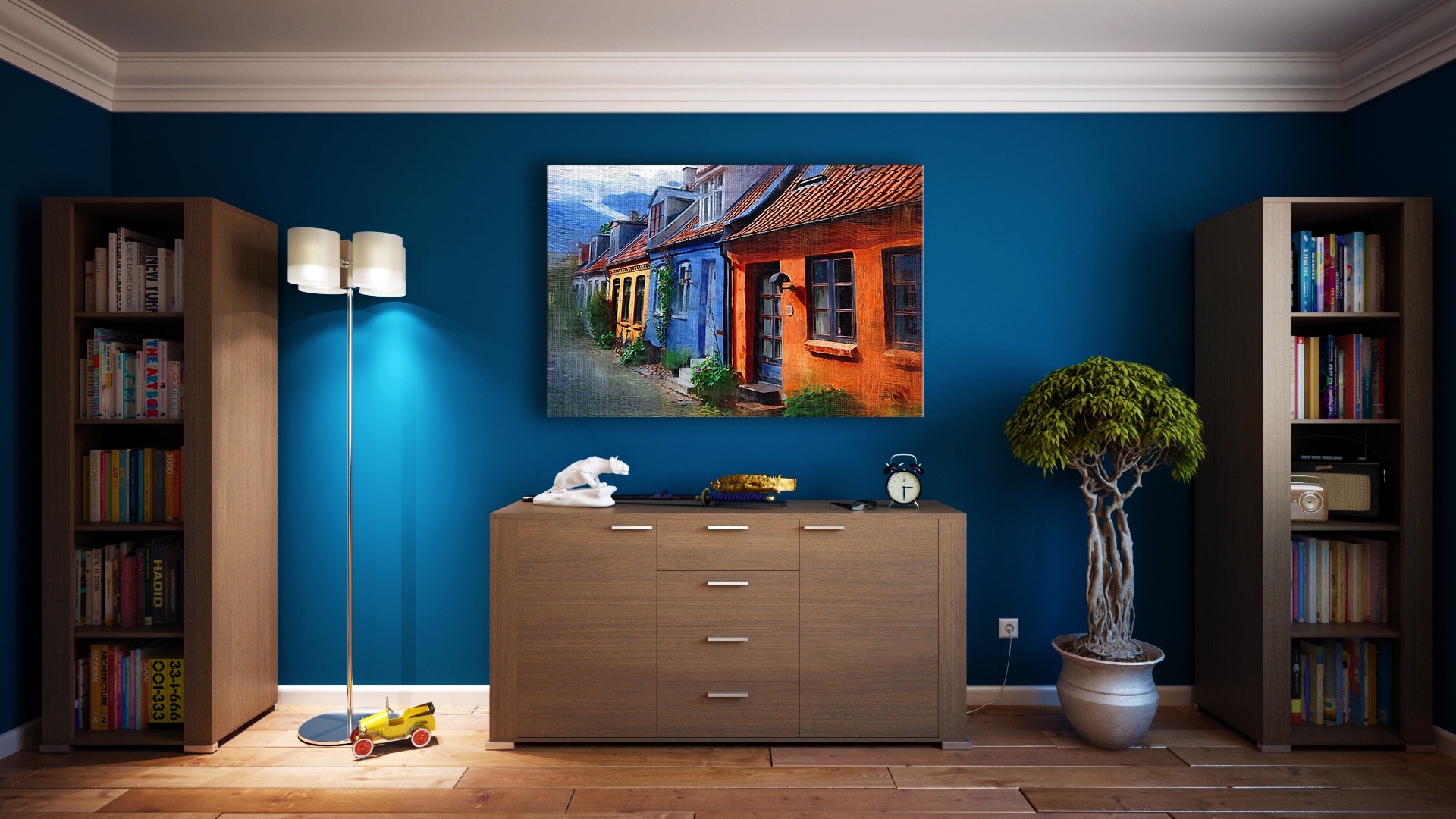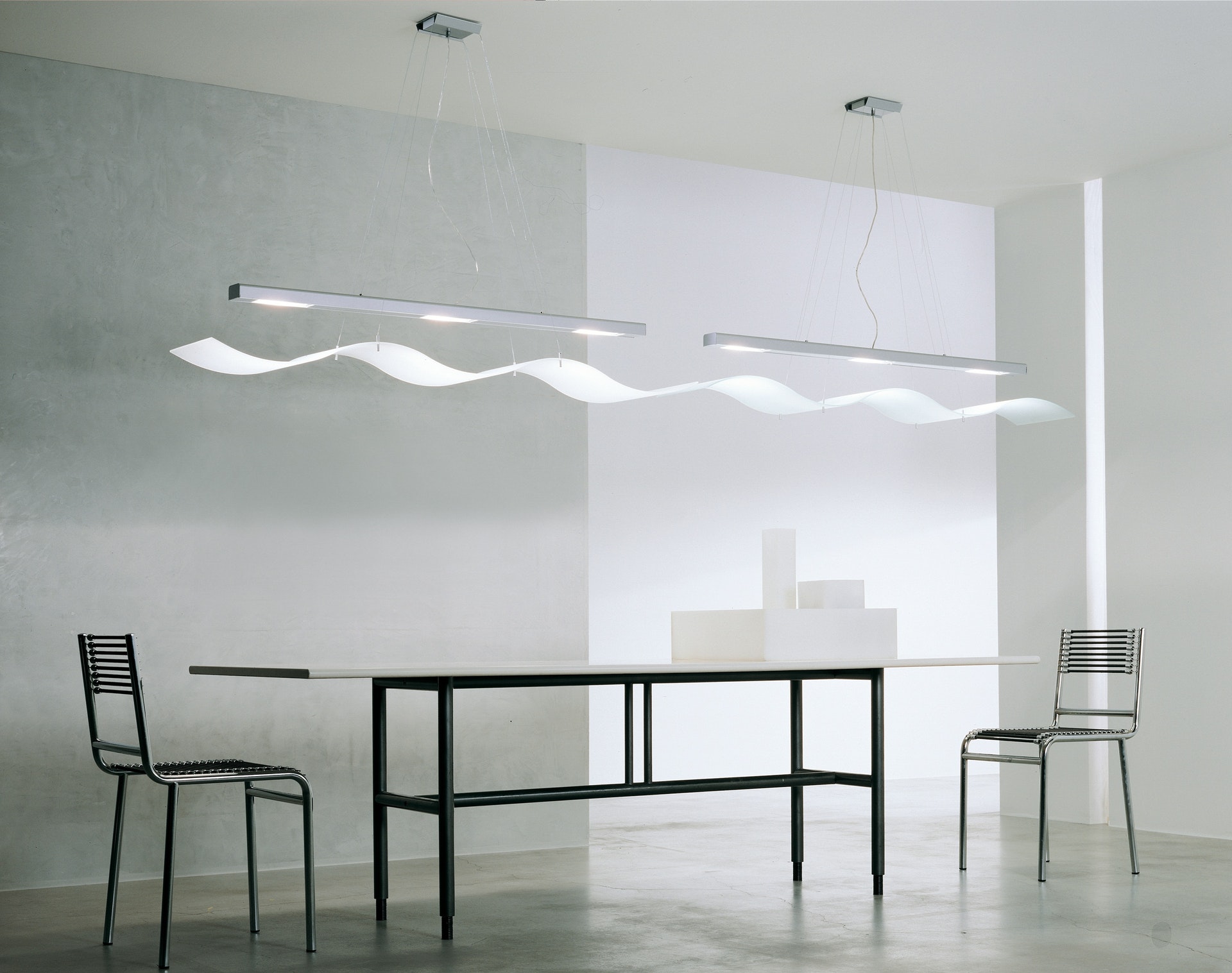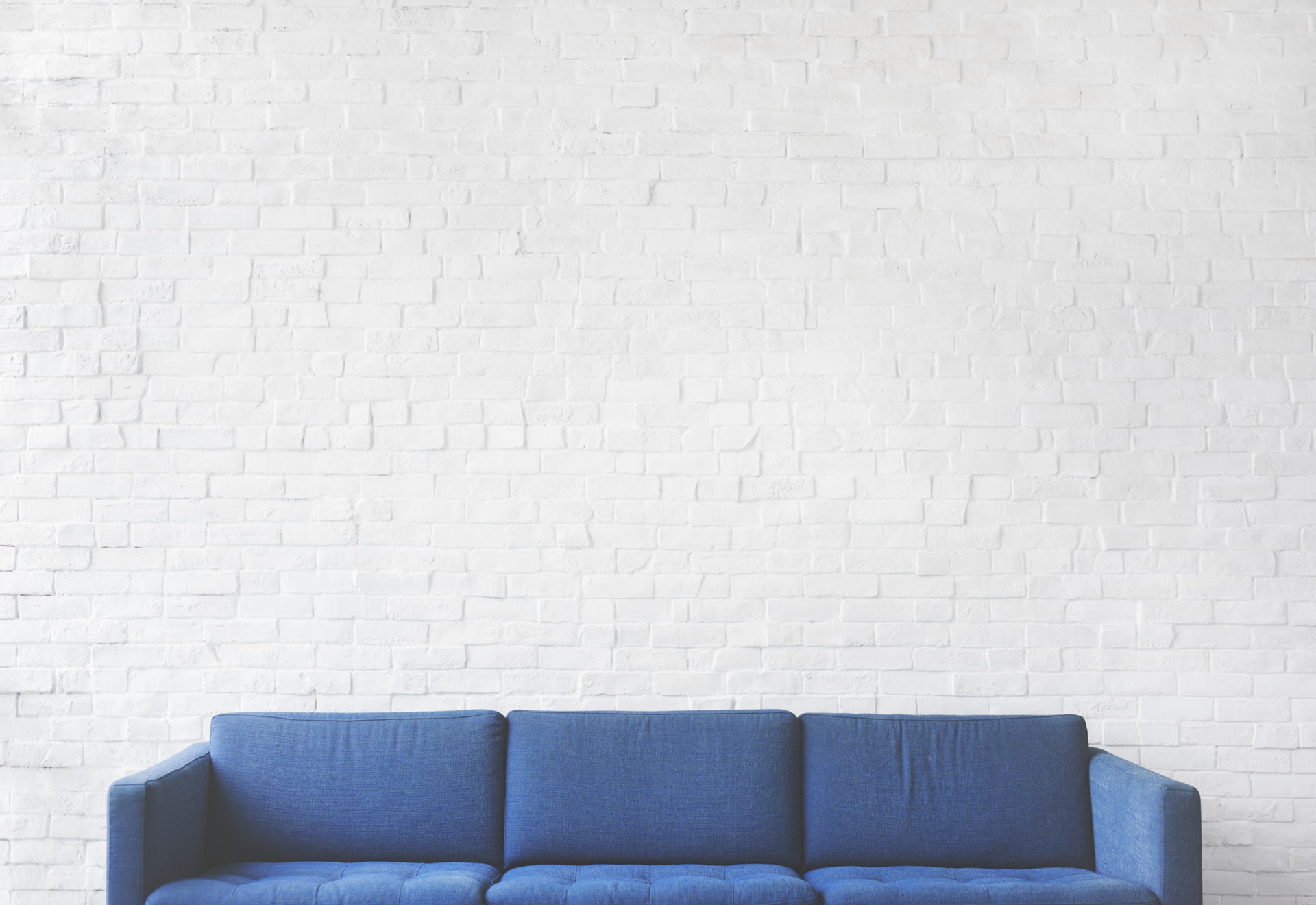
If you’re like a vast majority of individuals, chances are you spend a great deal of time at home. But, have you ever considered how the layout and design of your furniture affect your mood and productivity? It turns out that the colors, shades, textures, and layout of furniture can affect our mood — for better or worse. The spaces we live in reflect and affect us.
The two most important areas of a home are where we do our work-related tasks and where we relax, as these foster positive work-life balances. Having your bedroom set laid out in a way that is not only attractive but also gives the room a natural flow is one positive, while your library or home office should also be free of clutter and distractions so you can engage in meaningful work.
The Relationship of Furniture and Space
Chances are you’ve read some telling of this story on social media, as it seems to pop up quite a bit when you research interior design. It goes like this: An “ambush-style” journalist invites three different self-proclaimed experts on feng shui (the Zen-based art of furniture and decor arranging) to rearrange the furniture in a home. And, as you can probably guess by the style of reporting, the results are all different. Does this mean that feng shui is a fraudulent design scheme? No, it just means that the interpretation of the best way to arrange furniture in a room is based on the individual. It is an art, not a science.

In the interior design world, you may hear a part of design theory that mentions the “perception of space.” When we talk about the “flow” of a room, what we are really talking about is how people interact with and move through the room. Interior designers encourage homeowners to have ample room near the entrance of the home since this is often space where we will be carting in groceries and other odds and ends. By keeping this space tidy and free of obstructions, you won’t have a claustrophobic feeling when you come home each day.
Plan Your Seating Areas
Your seating areas should be arranged in such a way that you don’t have to turn tight corners or squeeze between other pieces of furniture just to arrive at a nice comfortable lazy chair or couch. When seating areas are obstructed, it makes the situation awkward when inviting guests over.

Often times in movies, when they want to portray a character as feeling isolated they will place them in a large room with limited pieces of furniture — sometimes just a simple chair. Smaller pieces of furniture, when placed in a large room, create a sense of coldness its presentation. Balance is everything.
Go Natural

It’s the 21st century and there are cheaper and more luxurious options for wood. Yet, interior designers and homeowners are still drawn to wood furniture. Why is that? As reported in the Journal Sentinel, natural elements in a home calm us down and make us feel comfortable.

Which actually makes quite a bit of sense. As humans, we may live in houses, but we remain intrinsically tied to nature and natural processes. Plus, wood furniture and bedroom sets are beautiful, which in turn makes us feel a bit more beautiful ourselves.
Consider All Sensory Experiences
In interior design, a lot of emphases is placed on the visual beauty and order of things while little thought is given to other sensory experiences. But, while that bathroom near the dining room may seem like a convenient layout choice, a large family gathering may have you thinking twice about this type of arrangement.

In your relaxation areas, one good idea is to use sound-dampening materials, such as carpet, tapestries, or throw pillows. Whether it’s a screened-in patio or a bedroom, creating a space that is designed around peace and quiet can have a tremendous effect on your personal wellbeing.
Right-Size Your Furniture to Set the Right Mood

Sometimes, we fall in love with a piece of furniture at the behest of the space in which it will be placed. This can cause issues when the furniture pieces — whether it’s a love seat, bedroom set, etc. — are either too large or too small for the room. As mentioned previously, having small furniture in a large room can create a sense of loneliness. The opposite — having large furniture in a small room — creates visual tension and can cause anxiety (as well as a lot of shins knocking against furniture, which is always a recipe for a bad mood).
Clear the Clutter

Much has been said about how clutter affects our stress levels, mental processes, and even relationship. But, clearing your home of excess knick-knacks, stacks of old periodicals, and other pieces of clutter can drastically improve your wellbeing.
Final Thoughts
Don’t get too accustomed to your living spaces and don’t be afraid to try new things. Most importantly, stay in tune to how each room in your home makes you feel. Is there one room you tend to gravitate toward for relaxation or work? Try to work off of these observations in order to create a home that truly works to boost your mood.


